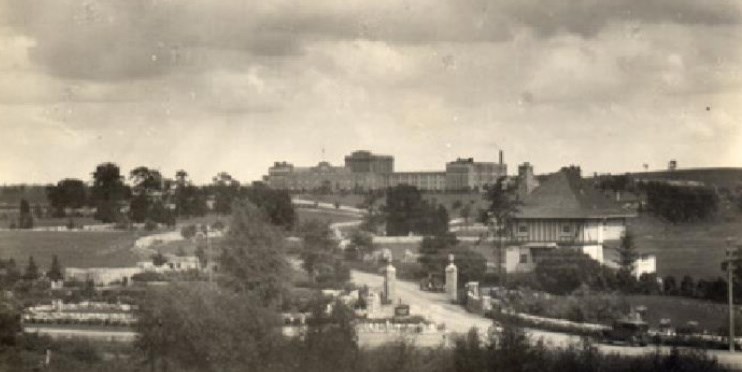Given the local, provincial and national cultural heritage significance of the former Guelph Reformatory lands on York Road, Heritage Guelph is urging council to consider two layers of additional protection.
The advisory committee unanimously approved a motion on Monday calling for the property and surrounding areas to be studied for potential designations under parts IV and V of the Ontario Heritage Act, the prior of which applies to identified features and assets while the latter covers the site as a whole.
“Designating the whole property will give it a little more protection,” commented James Smith, who moved the motion, noting the Part IV designation alone “leaves a big gap.”
Part IV on its own, added committee chair P. Brian Skerrett, “will preserve a landscape that is less than the sum of its parts.”
That motion came after the committee unanimously rejected a proposed staff recommendation asking council for a Part IV study only, as requested by the province which owns the former reformatory lands – something numerous delegates asked them to do.
“This property is at risk,” Susan Watson told the committee. “The time to act is now and the community is behind you.”
“Decisions made about this site are irreversible,” added John Fisher, president of the Guelph Hiking Trails Club, who called for “maximum protection” to be put in place. “I do want it preserved in its entirety.”
The designation consideration process was launched earlier this year at the request of the province, as it’s required before the land can be sold for redevelopment.
City council, which has authority regarding heritage designations, is slated to discuss its options in June. At that point council could opt to launch studies that may lead designation and the additional heritage protections that come with it.
The former Guelph reformatory lands consist of about 90 hectares of property that include a set of buildings constructed in the 1910s and 1920s for detention and rehabilitation purposes.
It was fully decommissioned in 2001 and the property has been vacant since 2014, when the Ministry of Community Safety and Correctional Services completely left the site. With no identified uses for it, the provincial government has declared the property to be surplus.
In addition to urging a Part IV study, the staff motion included a request to have properties identified by Heritage Guelph, but not included in the provincial wish list, to be added to the city’s registry of heritage properties.
The property’s cultural heritage value is already protected under the Guelph Innovation District Secondary Plan, noted Melissa Aldunate, the city’s manager of policy planning and urban design. That requires a block plan, which includes measures to protect or mitigate negative impacts to heritage features, for all future development on the site.
The committee, however, doesn’t feel it goes far enough.
During Monday’s meeting, Heritage Guelph unanimously approved a motion instructing Skerrett or a designate to register as a delegate to council to present the committee’s recommendations.
Additional motions passed by HG on the matter include a recommendation that council consider adding the Frost Building on the former Guelph Turfgrass Institute land to the city’s registry of heritage properties as soon as possible, and that “meaningful” consultation with Indigenous communities be done before any heritage designations are formalized.
